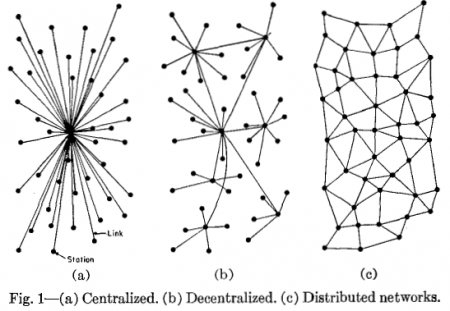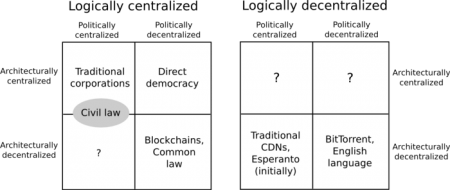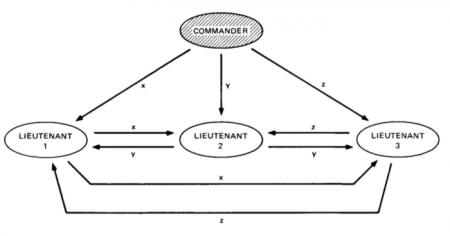Blockchain overview
Blockchain defined: Blockchain is a shared, immutable ledger that facilitates the process of recording transactions and tracking assets in a business network. An asset can be tangible (a house, car, cash, land) or intangible (intellectual property, patents, copyrights, branding). Virtually anything of value can be tracked and traded on a blockchain network, reducing risk and cutting costs for all involved.
Why blockchain is important: Business runs on information. The faster it’s received and the more accurate it is, the better. Blockchain is ideal for delivering that information because it provides immediate, shared and completely transparent information stored on an immutable ledger that can be accessed only by permission network members. A blockchain network can track orders, payments, accounts, production, and much more. And because members share a single view of the truth, you can see all details of a transaction end to end, giving you greater confidence, as well as new efficiencies and opportunities.
Key elements of a blockchain
Immutable records
No participant can change or tamper with a transaction after it’s been recorded to the shared ledger. If a transaction record includes an error, a new transaction must be added to reverse the error, and both transactions are then visible.
To speed transactions, a set of rules — called a smart contract — is stored on the blockchain and executed automatically. A smart contract can define conditions for corporate bond transfers, including terms for travel insurance to be paid and much more.
How blockchain works
Those transactions show the movement of an asset that can be tangible (a product) or intangible (intellectual). The data block can record the information of your choice: who, what, when, where, how much, and even the condition — such as the temperature of a food shipment.
Each block is connected to the ones before and after it
Each additional block strengthens the verification of the previous block and hence the entire blockchain. This renders the blockchain tamper-evident, delivering the key strength of immutability. This removes the possibility of tampering by a malicious actor — and builds a ledger of transactions you and other network members can trust.
Benefits of blockchain
What needs to change: Operations often waste effort on duplicate record keeping and third-party validations. Record-keeping systems can be vulnerable to fraud and cyberattacks. Limited transparency can slow data verification. And with the arrival of IoT, transaction volumes have exploded. All of this slows business drains the bottom line — and means we need a better way. Enter blockchain.
Greater trust
With blockchain, as a member of a members-only network, you can rest assured that you are receiving accurate and timely data and that your confidential blockchain records will be shared only with network members to whom you have specifically granted access.
Greater security
Consensus on data accuracy is required from all network members, and all validated transactions are immutable because they are recorded permanently. No one, not even a system administrator, can delete a transaction.
More efficiencies
With a distributed ledger that is shared among members of a network, time-wasting record reconciliations are eliminated. And to speed transactions, a set of rules — called a smart contract — can be stored on the blockchain and executed automatically.









Comments (1)